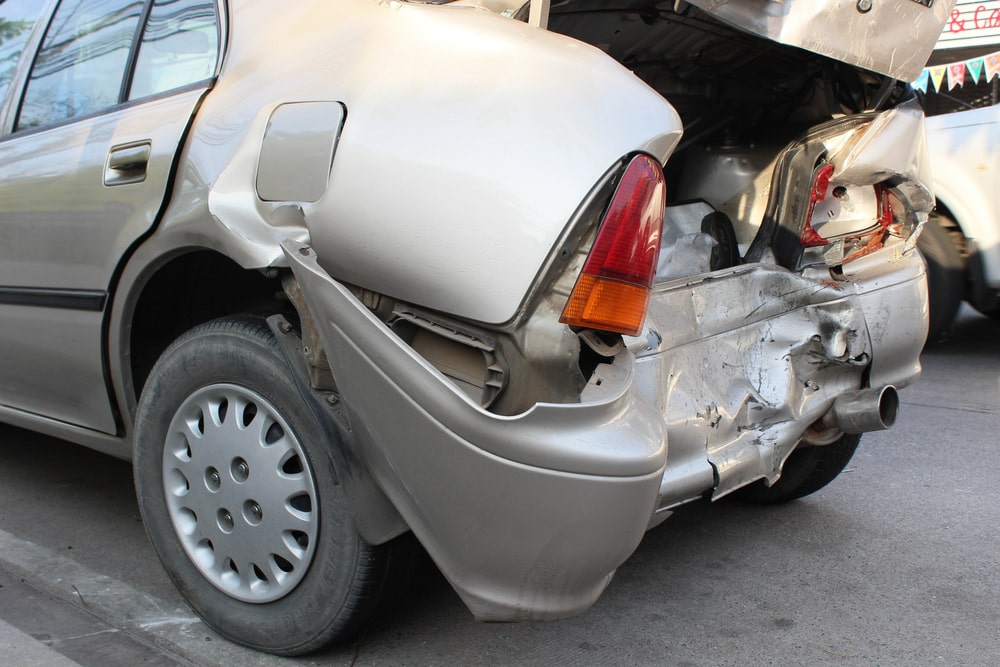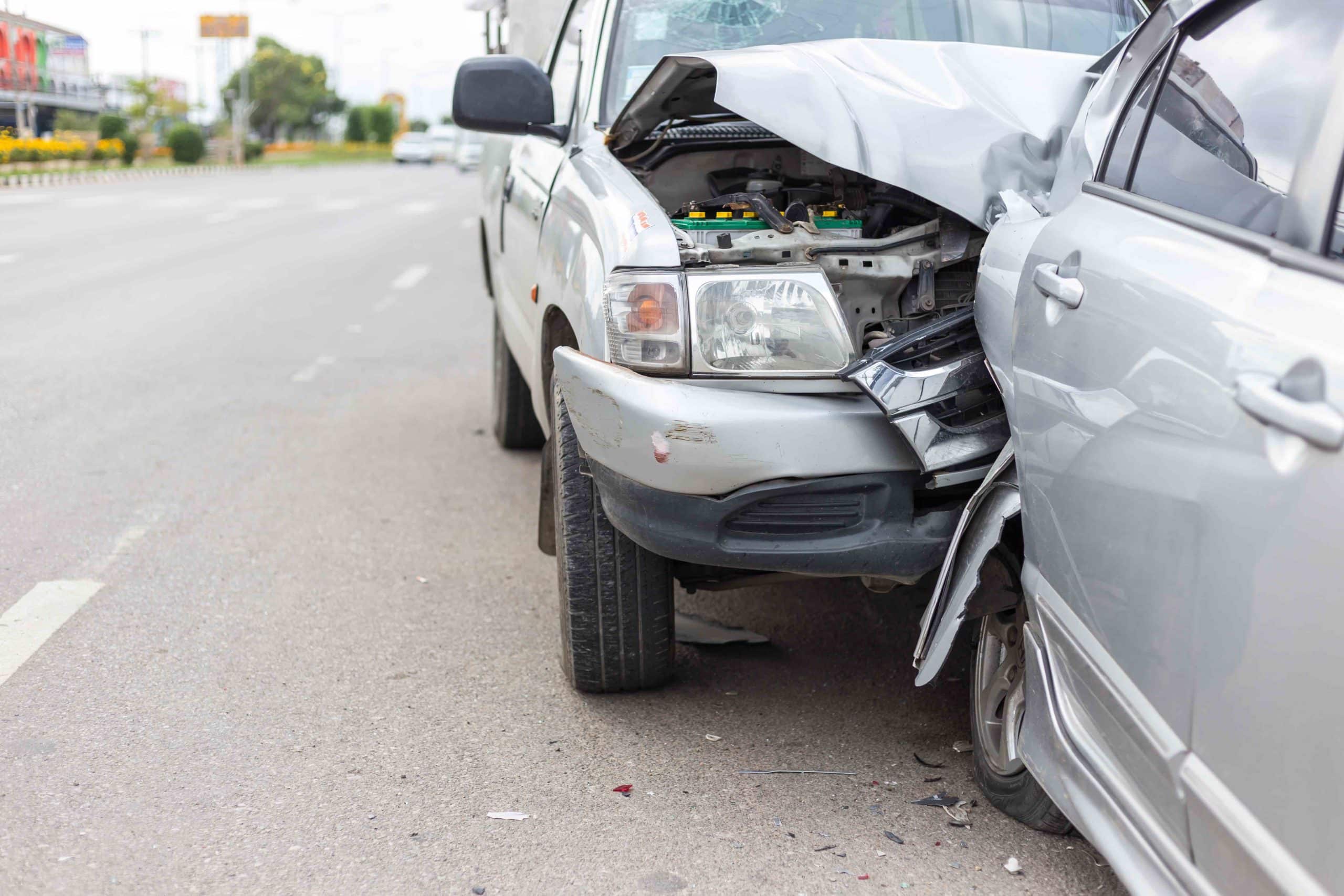Negligence In Rear-End Collisions
Rural environments like two-lane back roads are often the site of head-on collisions, along with major highways throughout Atlanta. Other common causes of head-on collisions include:
Tailgating
The majority of the traffic codes throughout the United States require drivers to maintain a reasonable or “prudent” distance from the vehicle in front of them. Drivers are considered to be imprudent when following closely behind another vehicle.
Driver Inattention
Using a smart phone device, eating food, putting on makeup, listening to music loudly, looking into the back seat, or looking away from the road are considered to be distractions that align with the legal definition of negligence.
Intoxication
Operating a vehicle while intoxicated is illegal and contains a unique set of consequences for those found guilty.
Poor Weather Conditions
High winds, ice, rain, and fog can impair a driver’s ability to operate a vehicle safely.
Road Damage
Potholes, mislabeled or hidden traffic signs, and non-working traffic signals can all affect a driver’s ability to safely operate a vehicle.
Common Rear-End Collision Injuries
The following injuries are common among rear-end collision victims and can be treated by Fast Help’s Atlanta personal injury doctors.
Whiplash
The National Safety Council reports that 20 percent of all rear-end collision victims sustain Whiplash injury as a result of their accident. Approximately 80 percent experience stiffness and find it difficult to move their neck from side to side.
Whiplash does not always produce immediate symptoms, which is why it is important to seek medical attention as soon as possible following a rear-end collision.
Back Injuries
The force associated with rear-end collisions, even minor cases, can lead to spinal compression or disk herniation.
Head Injuries
The deployment of an airbag can cause deep bruises and lacerations. In accidents where an airbag doesn’t deploy, the victim’s face can smash into the steering wheel and potentially cause fractured bones or a broken nose.



